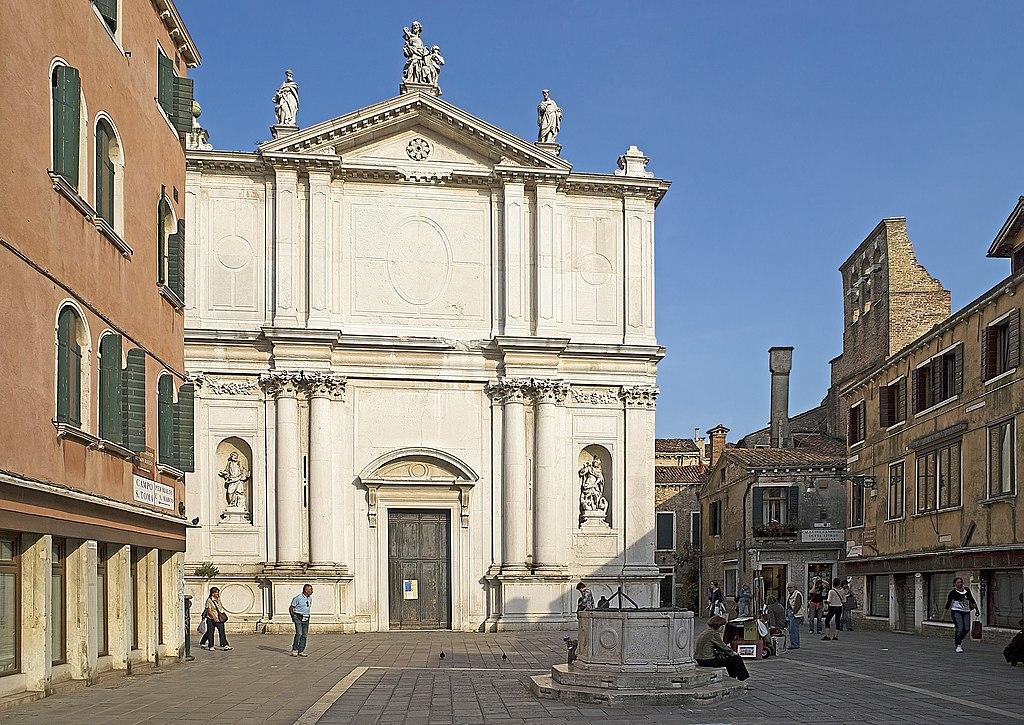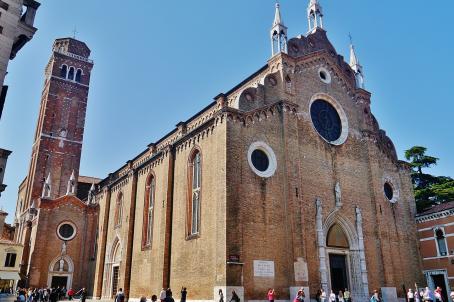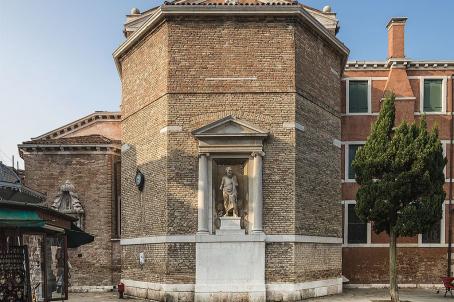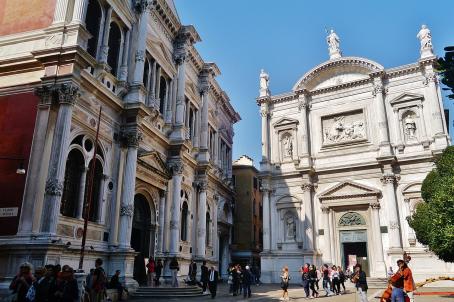Chiesa di San Tomà

The church of San Tomà or San Tommaso was erected in 917, renovated at the end of the 14th century, enlarged in 1508 and embellished with a marble façade in the second half of the 17th century. At the beginning of the 18th century, the church was in danger of collapsing; work on the foundations began in 1742. The last restoration was completed in 1803. In 1837 it was given to the conventual fathers who moved to a small convent nearby, where they remained until 1867.





